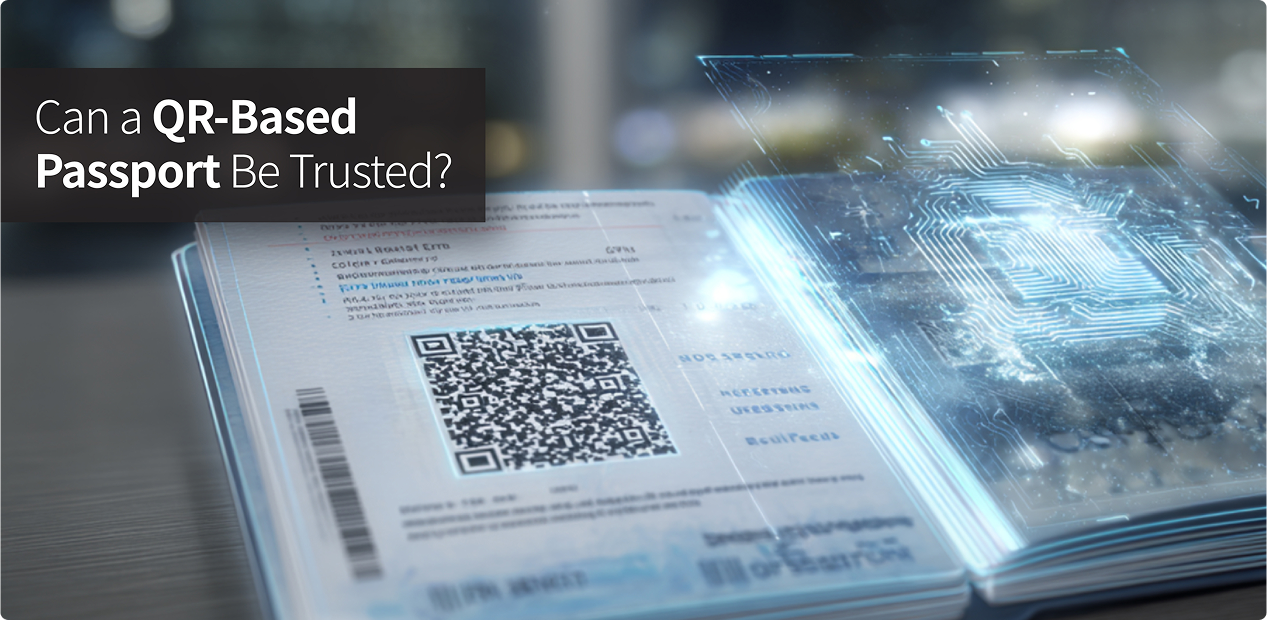The only way to ensure the integrity of the data transmission medium
for a Digital Product Passport is for the product itself to become the medium.












- In accordance with each country’s DPP standards, the product’s entire lifecycle data is managed digitally, and users can access this information at any time.
- This system embeds integrity-based unique identification information into the product in an invisible form, enabling automatic linking and tracking of information throughout the entire process from manufacturing → shipment → distribution → use → collection.
- In addition, the same system can be linked with ESG baseline data (such as material and carbon information), allowing it to be expanded into an integrated data platform for both DPP and ESG.

- In the ‘Environment’ component of ESG evaluation criteria, the most critical issue is the objective verification of carbon emissions and the use of recycled materials.
- This code system can be embedded at the material or semi-finished product level, automatically tracking and verifying the recycling rate of the material or the carbon emissions generated along its sourcing route.
- Furthermore, by digitally automating the linkage of various historical data across production, processing, logistics, distribution, and disposal stages, it dramatically reduces audit response costs and administrative resources when preparing ESG reports.